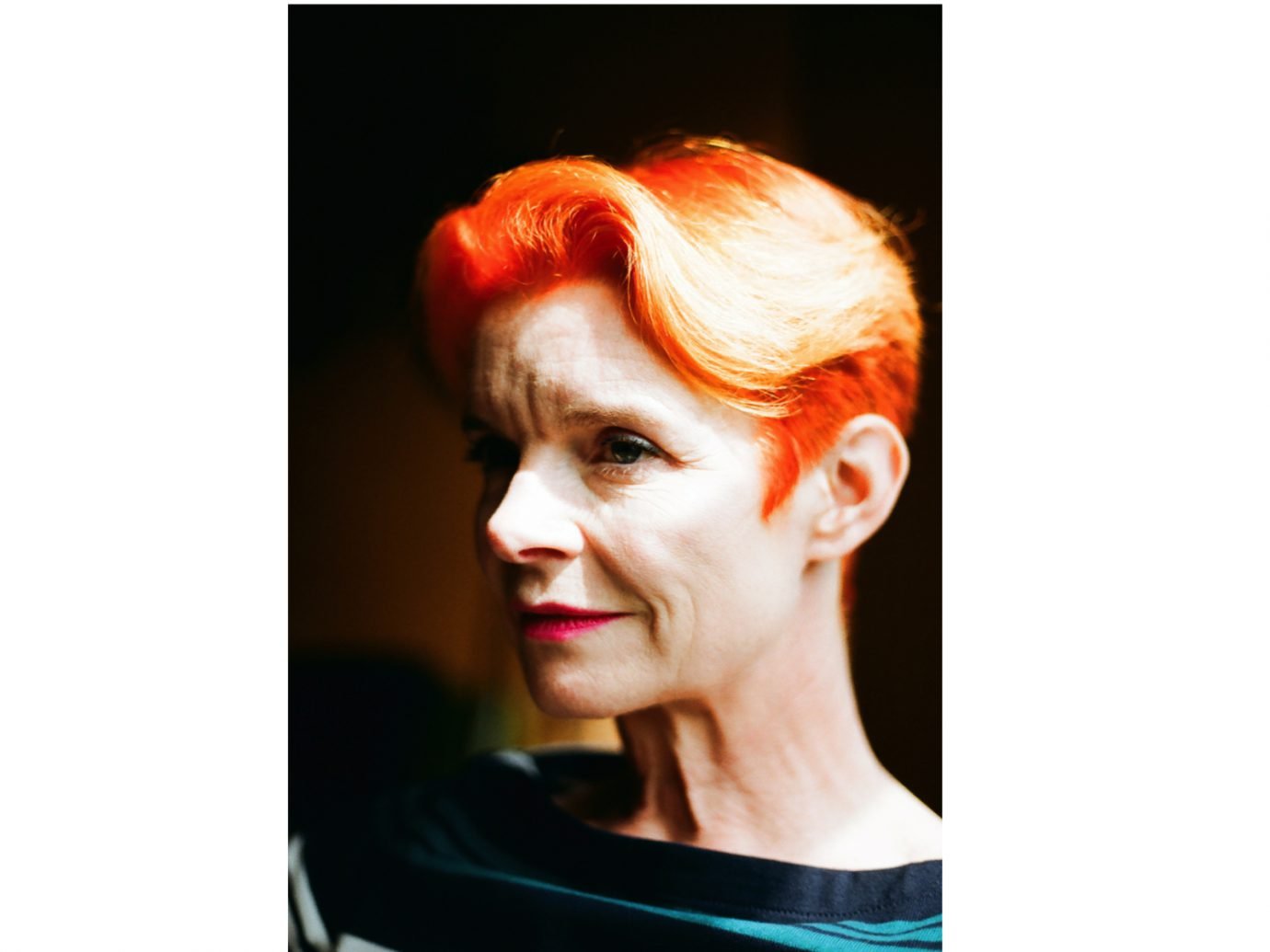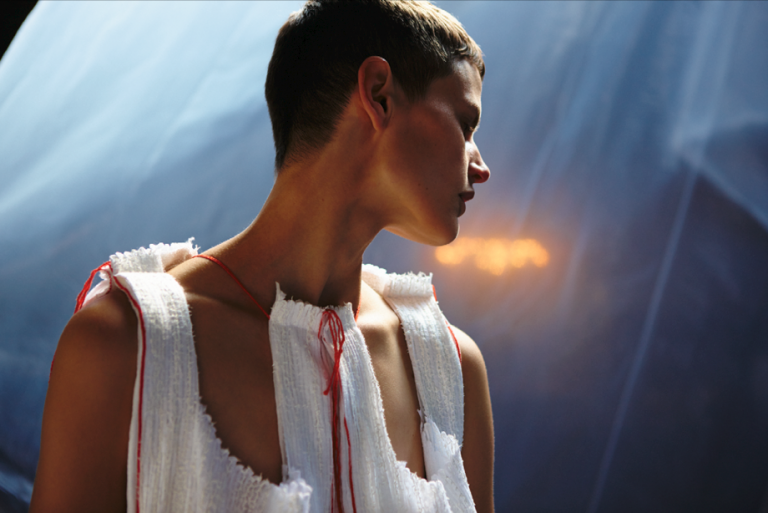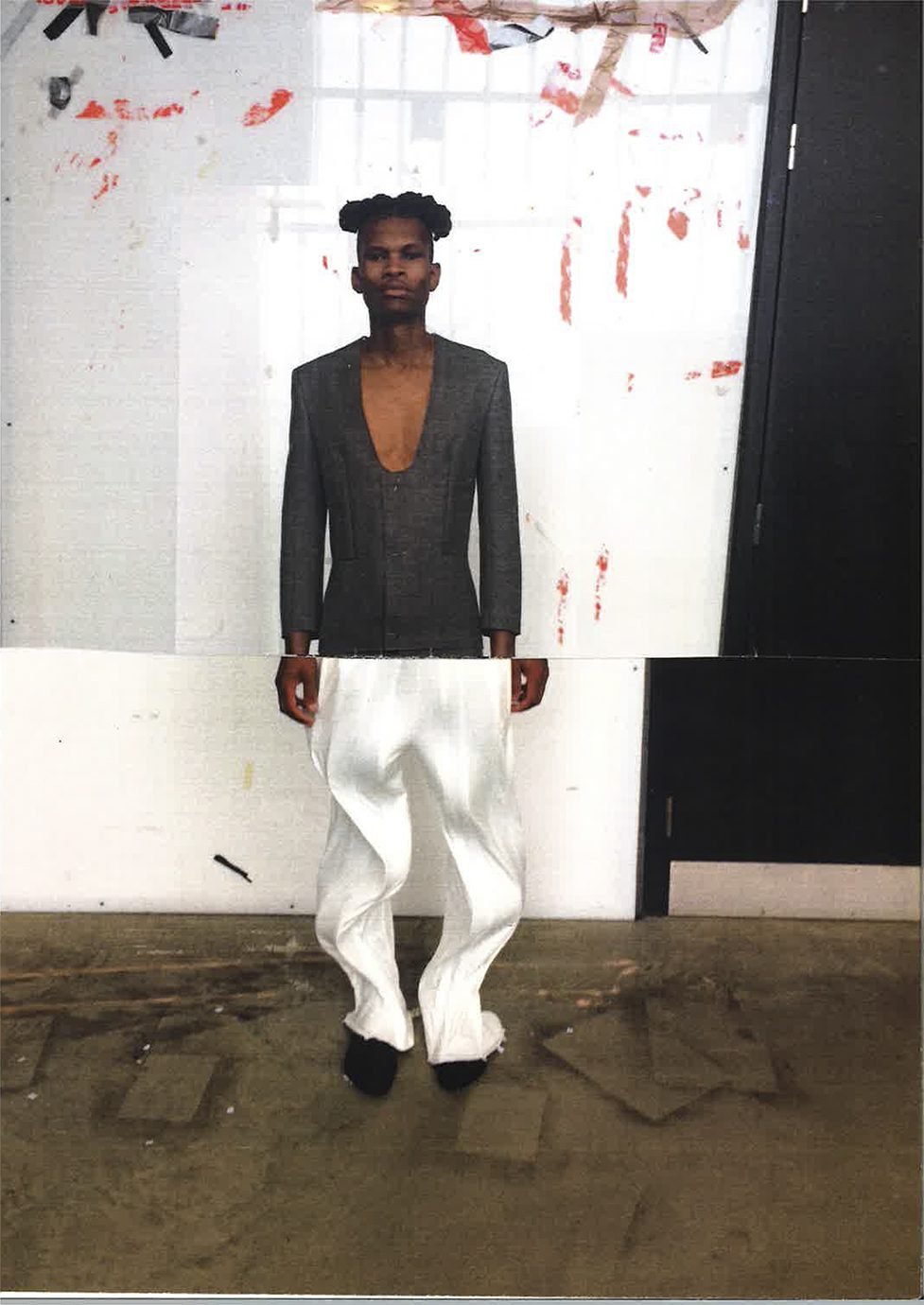His career in the time that’s passed since leaving London has seen him stretched in all manner of directions, from a cryptically irreverent fragrance campaign—entitled ‘Tasteless’—lensed by Reece + Dean, to designing the outfits worn by Beyoncé and Jay-Z in the OTR II video. More recently, he’s worked on costumes for Guava Island, the feature film starring Rihanna and Donald Glover, as well as for custom clients like Christina Aguilera. Naturally, moving from working single-handedly on a graduate collection to working within a broader creative direction has required a shift in Edwin’s creative approach. “Working for or with someone else versus for your own project is a very different process,” he tells me in a later conversation. “For OTR II or Guava Island, the approach was all to do with designing something that compliments the client’s or project’s identity. I don’t focus on my aesthetic at all when I’m on a project like this and just trust that it will come out in the end regardless.”
Given that such a significant segment of his work post-graduation has been for the screen, it’s somewhat surprising to learn that he only came to discover costume design as an avenue worth pursuing after leaving CSM: when asked whether he thinks there’s a lacking awareness among students of the career opportunities in costume, a curt “definitely” is his response. “There is a real stigma attached to costume design,” he continues. “My advice is to ignore whatever stigmas exist around a genre of design if it interests you.” That said, he would probably be the last to declare himself a ‘costume designer’: “It’s just another facet of fashion that excites me.”
Indeed, if Edwin is to be summed up as anything, ‘a designer of many facets’ is about as close as you’ll get. And his aforementioned fashion week exhibition was a means to show just one of the many. It was a last-minute call – “I decided the week before that I wanted to do it,” Edwin explains, “I just wanted to introduce myself to New York. Have a big debut, like that kind of camp American debutante ceremony.” He found the space, a gallery on Canal Street in Chinatown, on AppearHere, a “sort of Airbnb for pop up shops.”



















































